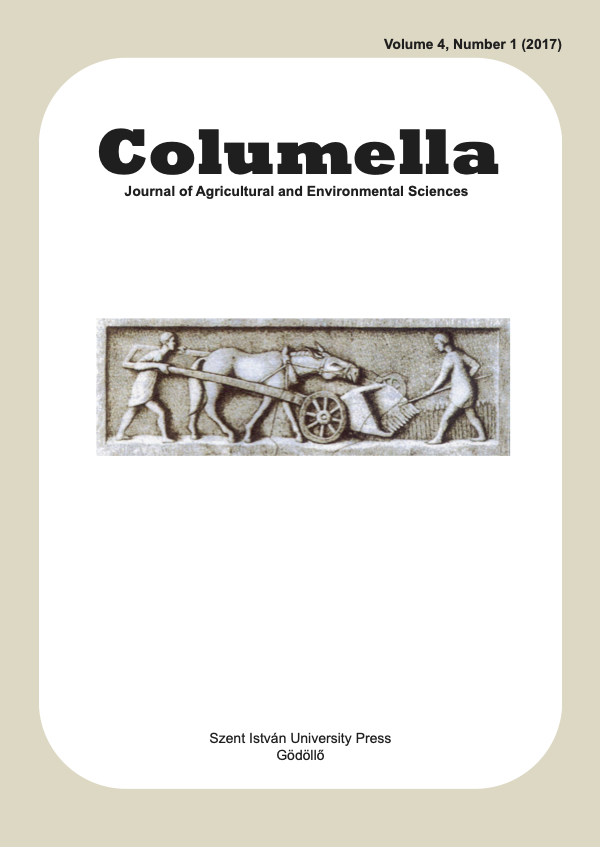Preliminary results of SSR based characterization of sour (Prunus cerasus L.) and sweet cherry (Prunus avium L.) genotypes cultivated in Hungary
DOI:
https://doi.org/10.18380/SZIE.COLUM.2017.4.1.31Keywords:
Microsatellite, Prunus, Prunus avium L., Prunus cerasus L., parent-progeny analysisAbstract
Cherry cultivation in the Carpathian basin area began more than 100.000 years ago. Adapting to the basin specific ecological conditions resulted in high degree of genetic variability among the cherry cultivars. The SSR (Simple Sequence Repeat) markers allow the discrimination of the cultivars and determination their specific DNA fingerprints. Due to the high degree of polymorphism of microsatellite markers, generally only six SSR loci are enough to differentiate the varieties. Microsatellite markers are used not only for cultivar identification but also for the verification of synonyms and homonyms. Owing to their locus specificity and Mendelian codominant inheritance, parentage can be clearly identified, primary and secondary relationships between the cultivars can be discovered.
The aim of this research was to characterize 29 sour cherry (Prunus cerasus L.), and 38 sweet cherry (Prunus avium L.) genotypes cultivated in Hungary to establish their DNA fingerprints in 6 SSR loci by allele numbers and sizes.
Downloads
Published
Issue
Section
License
Copyright (c) 2017 Eren Baris, Janka Bedő, Ogboro Samson Edosa, Erzsébet Kiss, Anikó Veres

This work is licensed under a Creative Commons Attribution-NonCommercial-NoDerivatives 4.0 International License.










